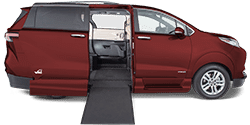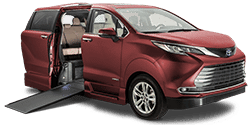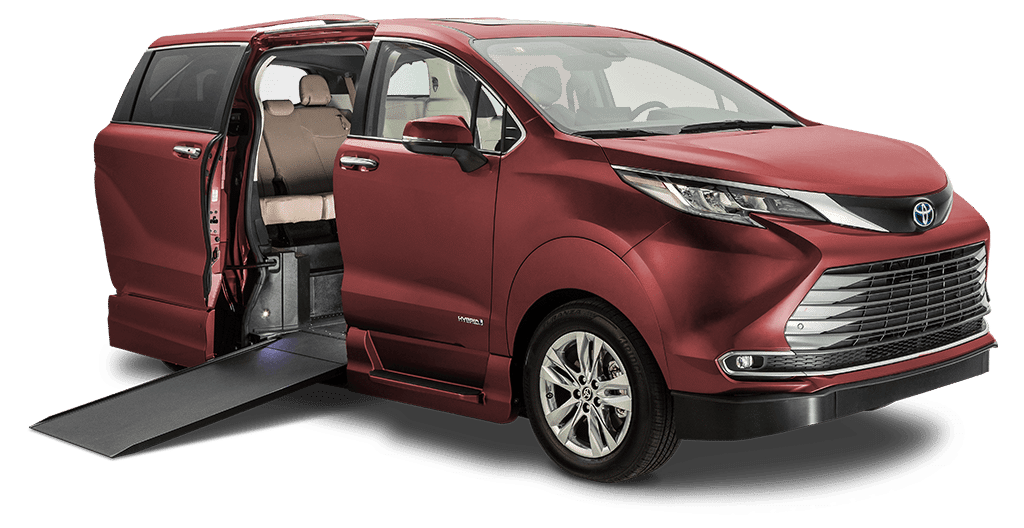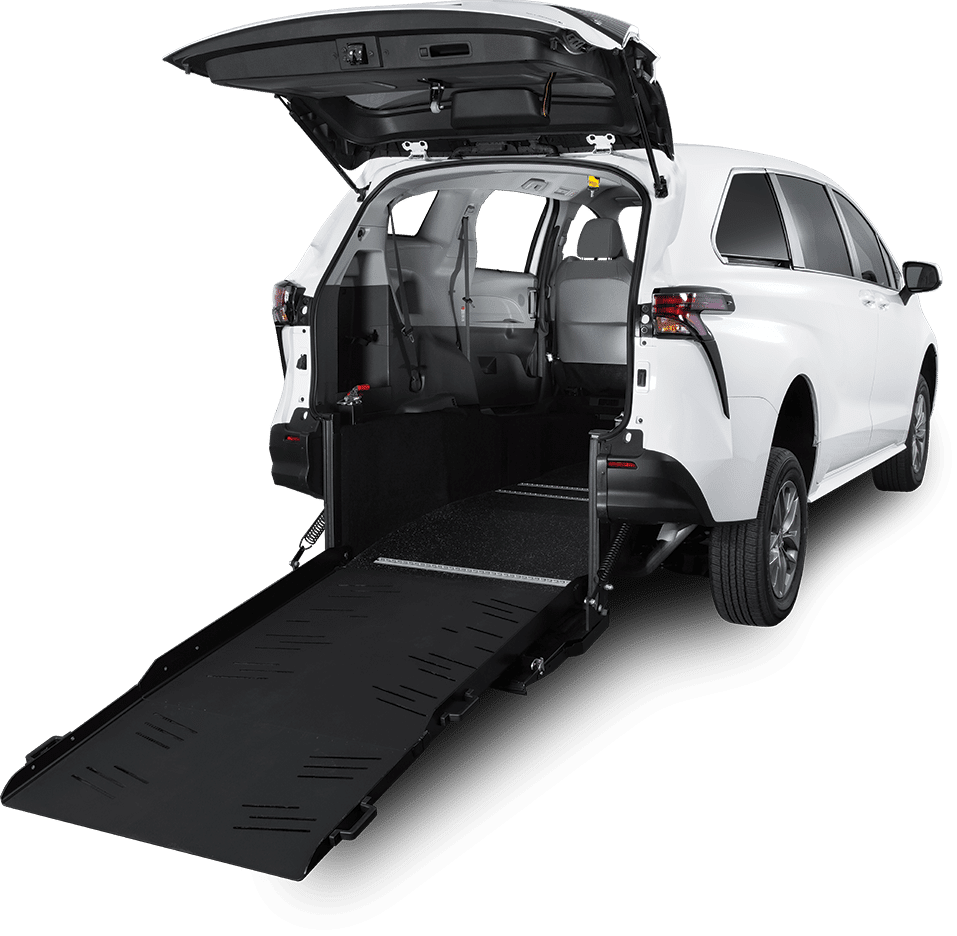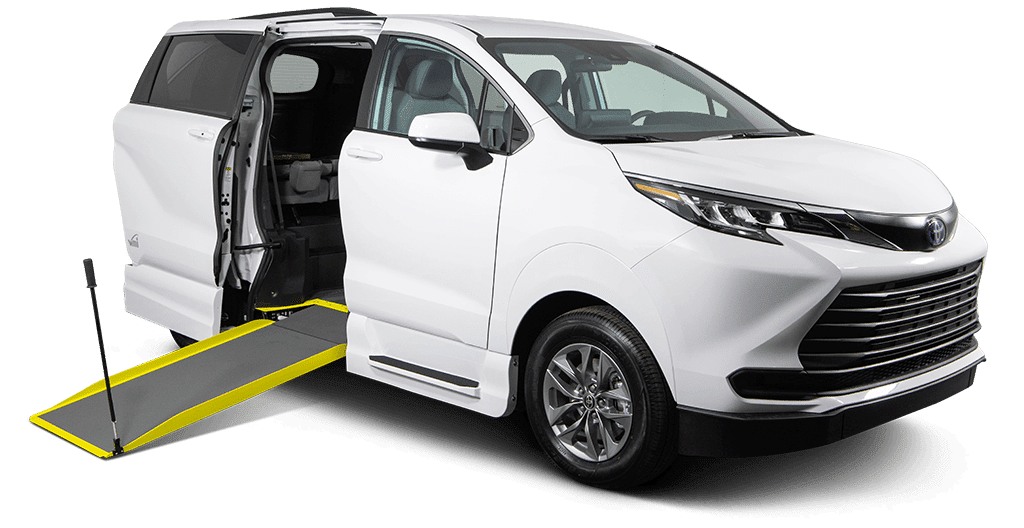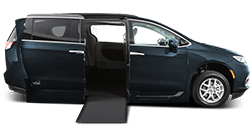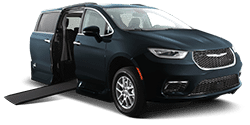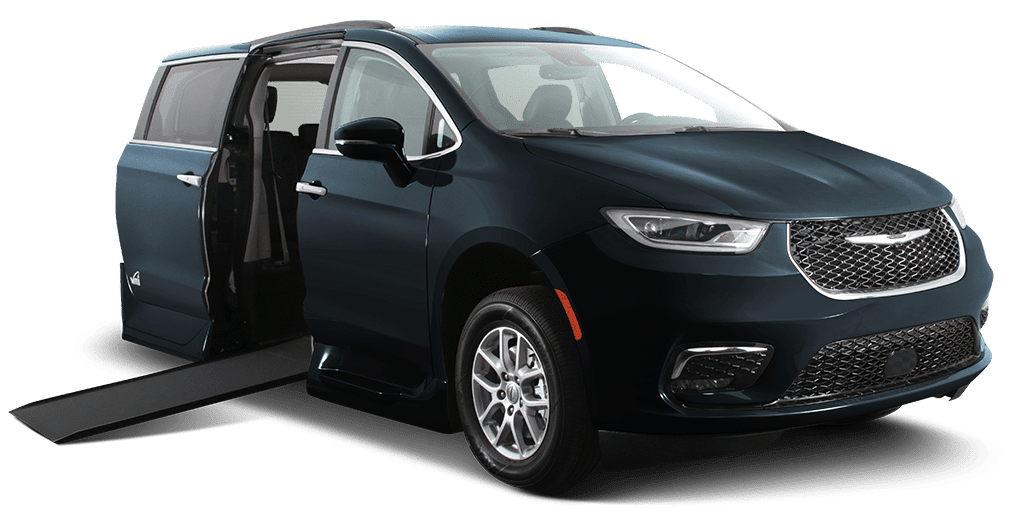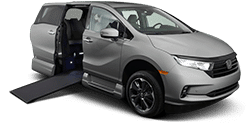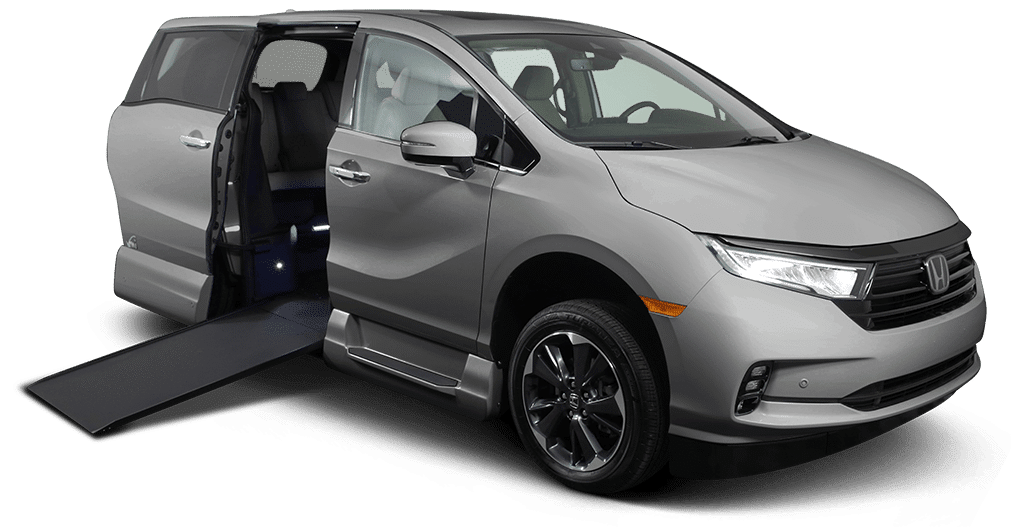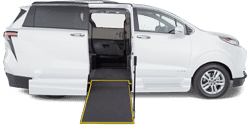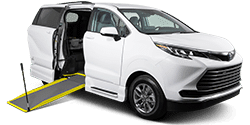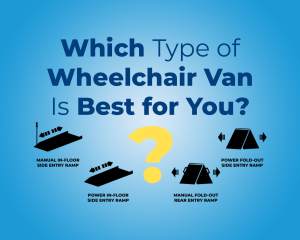Dining out is a fun and interesting experience. For wheelchair users however, this simple outing can require much more planning and time. From learning the restaurant has steps with no ramp to finding the tables are too low, wheelchair users can find a lot of obstacles that can distract from enjoying a delicious meal. Take advantage of the following simple tips to avoid these issues and ensure your dining out experience is phenomenal.
Research the Restaurant Online
You have certain requirements that must be met to allow for a comfortable meal when dining out. To be sure the restaurant you are interested in can satisfy those requirements, do your research before getting in the car.
The first thing you should do is search for the restaurant you are interested in on the Internet. This is a great way to see basic information like the address and phone number. It’s also the easiest way to see other specialized information like the accessibility of the location. This will also allow you to see reviews and comments of the establishment, providing insights from past customers. Yelp! has a lot of in-depth information about businesses including accessibility, although it has been called unreliable by users.
David Friedman, a food blogger and wheelchair user, was interviewed by Dan Pashman on his popular podcast, called the Sporkful, about his struggles while dining out. When asked about what he does to prepare before dining out during the episode titled “Dining Out In A Wheelchair,” Friedman said he calls ahead and makes sure to ask specific questions. We agree — that’s the next thing you should do.
Calling ahead and asking the staff specific questions will yield more useful information than if you were to simply ask if the restaurant is accessible. When inquiring about accessibility, Friedman says he asks specific questions because “A lot of the time, the staff may not know what that [accessibility] means or what that looks like.”
Accompanying Friedman on the podcast was John Hockenberry, host of a national news show and a fellow wheelchair user. While on the subject of the staff’s knowledge of accessibility, Hockenberry talked about the time his friend called a restaurant ahead for him to confirm it was accessible. The staff’s answer was yes, so they decided to eat there. After finishing his meal, Hockenberry asked where the restroom was, to which a staff member replied, “It’s downstairs.”
Avoiding experiences like Hockenberry’s is exactly why doing your research before going out is key. Asking questions about table height, door width, stairs, and bathroom accessibility is just as important as asking where you want to eat.
Use Foodie Resources Built for People with Disabilities
To aid the planning phase of going out for dinner, there are resources of available to wheelchair users. Cities across the country have started adding accessibility maps to their websites while apps are being developed to make getting around cities easier for people with disabilities.
For example, Google recently developed a “wheelchair accessible” route option on their popular maps app. The tech giant is working in partnership with transit authorities and trusted users to determine which routes would be best suited for people with disabilities. As of now, the option is only in six major cities including Boston, New York, and London, but more are slated to be included.
Another useful app is Jason DaSilva’s AXS Map. DaSilva decided to create the app after multiple sclerosis put him in a power chair and he began to realize how difficult it is for wheelchair users to get around. AXS Map is an interactive map displaying an accessibility rating for businesses and locations based on reviews by users. DaSilva says as more users join, ratings will become more widespread and accurate.
Accessibility Tips for Restaurant Owners
Although the Americans with Disabilities Act, or ADA, set standards for what is accessible, there is still some grey area. This area includes obstacles able-bodied people don’t think twice about, but can impede someone in a wheelchair.
For those using wheels to get around, a single stair can be the difference between getting a delicious meal and having to go somewhere else. For this reason alone, it is imperative to have a ramp or a plan of action if your entrance has stairs.
In the same Sporkful podcast, both Hockenberry and Friedman agree that, in most cases, the staff’s attitude and service are more important than the location’s accessibility. One of the most important things you can do as a business owner is train your staff on how to serve a disabled person.
John Hockenberry explains further: “My favorite place in the world is Il Mulino in Manhattan. It’s not accessible — I wish they’d get a ramp, but the way they treat me totally compensates for it. When I’m in the restaurant, I could be Frank Sinatra.” As this experience shows, great service can overcome your accessibility pitfalls. Maybe your restaurant’s tables are a little bit too short or close together, but if your staff does all they can to make the customer feel comfortable and important, the customer can most likely look past the shortcomings.
While service is one of the most important things to consider, restaurant owners still need to make their location as accessible as possible. The ADA “asserts that businesses must take every possible step to allow people with disabilities to enjoy the same products and services that are available to other customers,” according to WebstaurantStore. If you have the ability to provide increased accessibility to your customers with disabilities, you are obligated to. The Small Business Administration, in conjunction with the Department of Justice, created a great guide to help small business owners become ADA compliant.
Dining out while in a wheelchair can be difficult, but it doesn’t have to be. With the right research and tactics, it is easy to find an accessible place to eat with amazing food. Now that you know how to make the most of your dining out experience, what’s stopping you from having a delicious meal?

